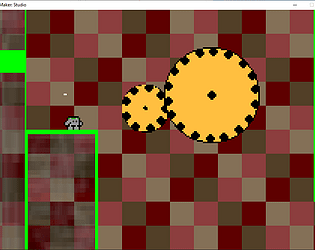The implementation of your mechanics are actually pretty important, as much as the settings. Nintendo's platformer's variable height works by partially decreasing the gravity as long as the jump button is held, giving it its moon-jump feel (and hence why the gravity feels heavier when you drop), while Meat Boy's gravity I believe is on a counter that you cut short by releasing, giving it that constant linear climb and sharp vertical control.
Floor deceleration is usually tweaked trough friction instead, with acceleration being reused to make you stop faster, to avoid that feeling of disconnection when you U-turns at low speed and your speed doesn't behave as you'd expect. That implementation means that deceleration is at least equal to acceleration (without using an initial impulse). Unless you are making some special ice physics for a curling stone !
What I'm missing is a way to describe why a lot of out-of-the-box-2D Simulated Physics platfomer games (Little Big Planet...) with continuous quadratic curves don't feel as good to play as the ones where the physics are discrete (arithmetic progression) or made up ; the jumps often just feels wrong. Like it goes "voof" instead of "boing". Are realistic forces the wrong way to handle acceleration in a way where you feel like you are in control ? Is it because the initial impulse for such a jump would not work in a realistic setting ? Or is there something in the continuous simulated implementation that makes it harder to tweak a specific behavior, like it's hard to make a rectangle wave with sinuses ?


